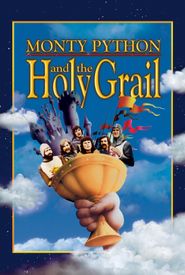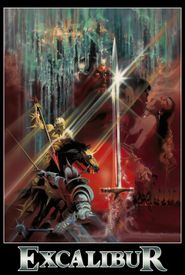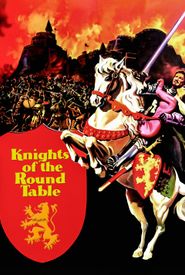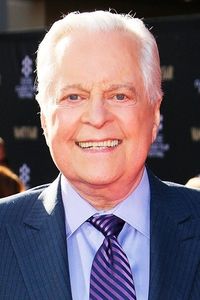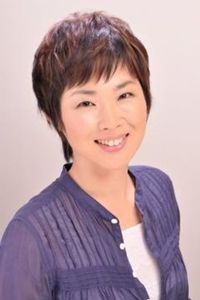Born into an English gentry family around 1414-1420, Sir Thomas Malory spent his early years in quiet obscurity, with the exception of his involvement in the Siege of Calais in 1436. By 1441, he had been knighted and had developed a growing interest in politics.
By 1445, Malory had become a Member of Parliament for his county, and over the next few years, he demonstrated a startling talent for lawlessness. In 1444, he was charged with assault and theft, and in 1450, he attempted to ambush and murder the Duke of Buckingham. Allegedly, he also committed numerous other crimes, including the rape of Joan Smith on two separate occasions, stealing goods from her husband, extorting money, pilfering cattle, and destroying the Duke of Buckingham's hunting lodge.
In 1451, Malory was imprisoned at Coleshill, but he escaped two days later by swimming the moat at night. He then twice raided Combe Abbey alongside a band of outlaws, stealing a great deal of money and harassing the monks. Malory was recaptured in 1452 and thrown into a London prison, where he spent eight years awaiting trial. After his release on bail, he was caught stealing horses and placed in a Colchester jail, but he fought his way through the guards and escaped. He was recaptured and returned to the London prison, but was eventually freed by royal pardon in 1460.
However, by 1468, Malory was back in Newgate prison, where he would eventually die in 1471. While in Newgate, he turned to writing, and it was during this period that he created the immortal "Le Morte D'Arthur," which would earn him eternal fame.

